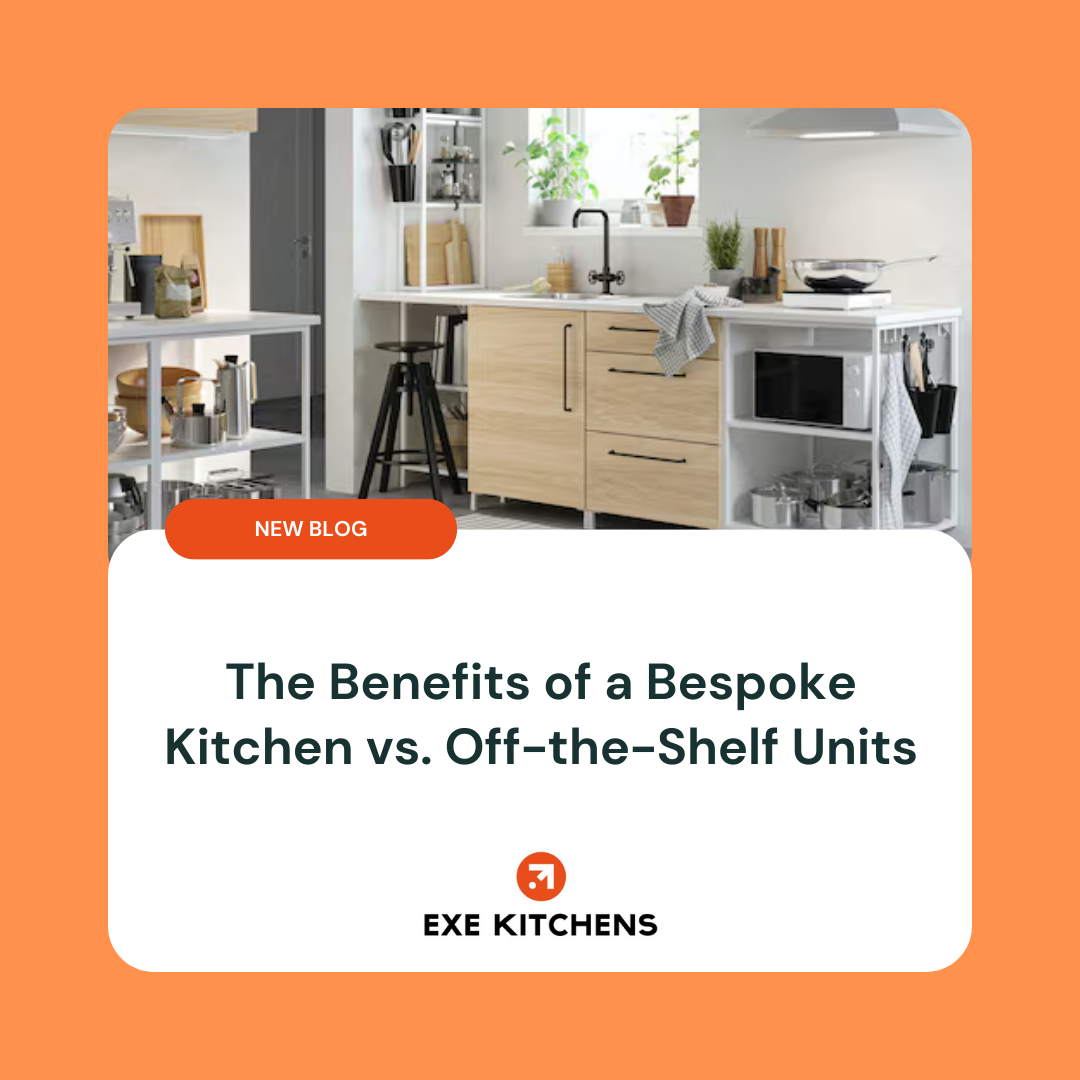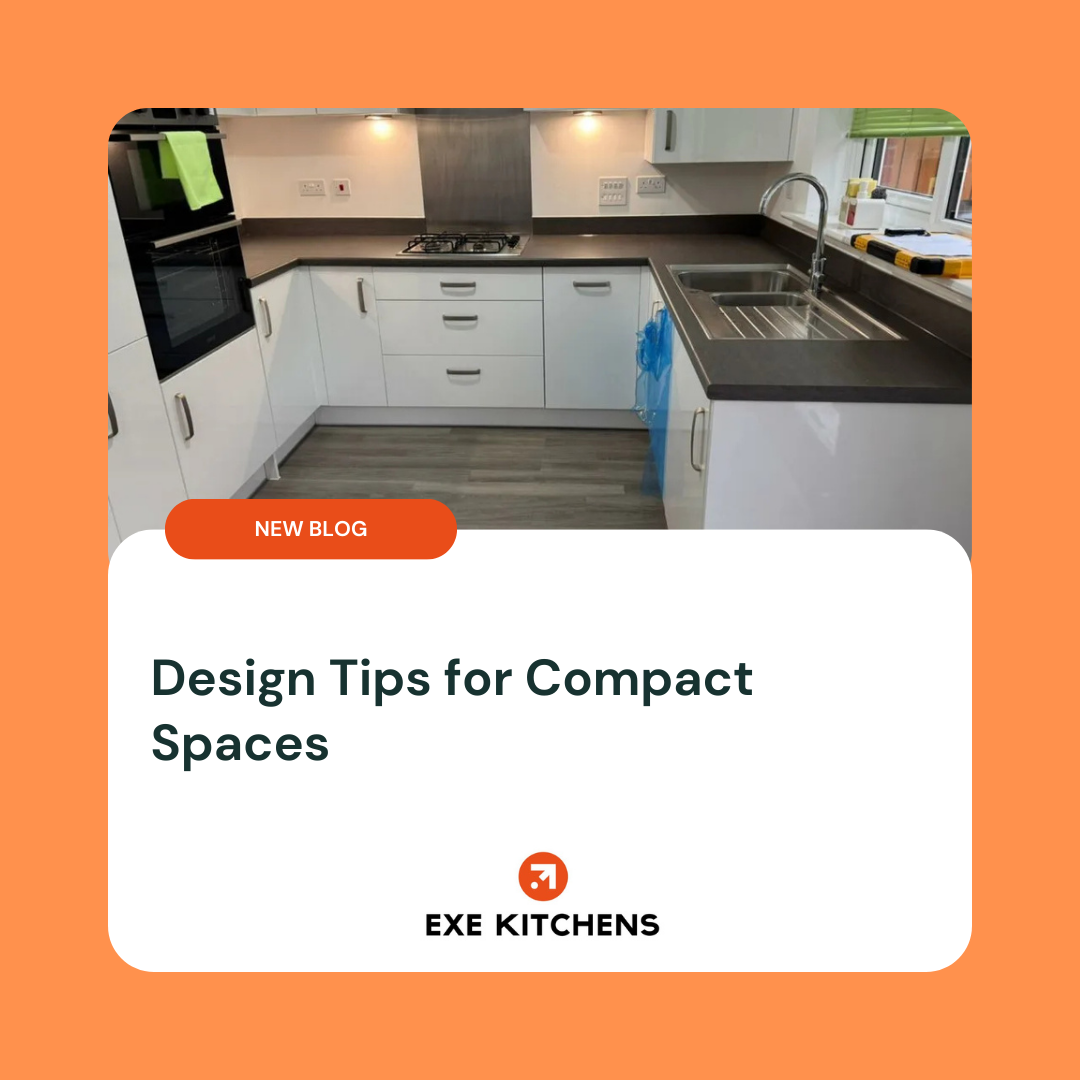Creating a family-friendly kitchen space is more than just choosing functional appliances and stylish decor. It’s about designing a space that caters to the needs of every family member, ensuring safety, functionality, and a welcoming environment. This guide will take you through every step to transform your kitchen into a hub for cooking, bonding, and creating cherished memories.
What Is a Family-Friendly Kitchen?
Defining the Concept of Family-Friendly
Why It Matters for Modern Families
A family-friendly kitchen is a space designed to accommodate the diverse needs of a household. It blends safety features, efficient layouts, and aesthetics to ensure the kitchen serves as more than just a place to cook. It becomes a central hub for family life.
In today’s homes, kitchens often double as dining spaces, homework zones, and gathering areas. A thoughtfully designed kitchen can simplify daily tasks, encourage togetherness, and even enhance your home’s resale value.
Essential Elements of a Family-Friendly Kitchen
Prioritising Safety
Safety is paramount in a family-friendly kitchen. Here are some key features to consider:
- Childproofing Cabinets and Drawers: Install locks on cabinets containing sharp objects, cleaning supplies, or breakable items.
- Choosing Non-Slip Flooring Options: Opt for slip-resistant materials like textured vinyl or cork.
- Installing Rounded Countertop Edges: These minimize the risk of injuries during accidents.




Promoting Organization and Accessibility
A well-organized kitchen saves time and reduces stress:
- Smart Storage Solutions: Use pull-out shelves, labeled containers, and drawer dividers to keep everything in its place.
- Accessible Designs: Incorporate step stools and easy-to-reach storage for kids, while considering lower countertops for elderly family members.


Choosing Durable and Low-Maintenance Materials
Durable surfaces like quartz countertops and laminate cabinetry are ideal for withstanding the wear and tear of daily family use. These materials are scratch-resistant, easy to clean, and available in a range of styles to suit any aesthetic.
Some of our recent kitchen work
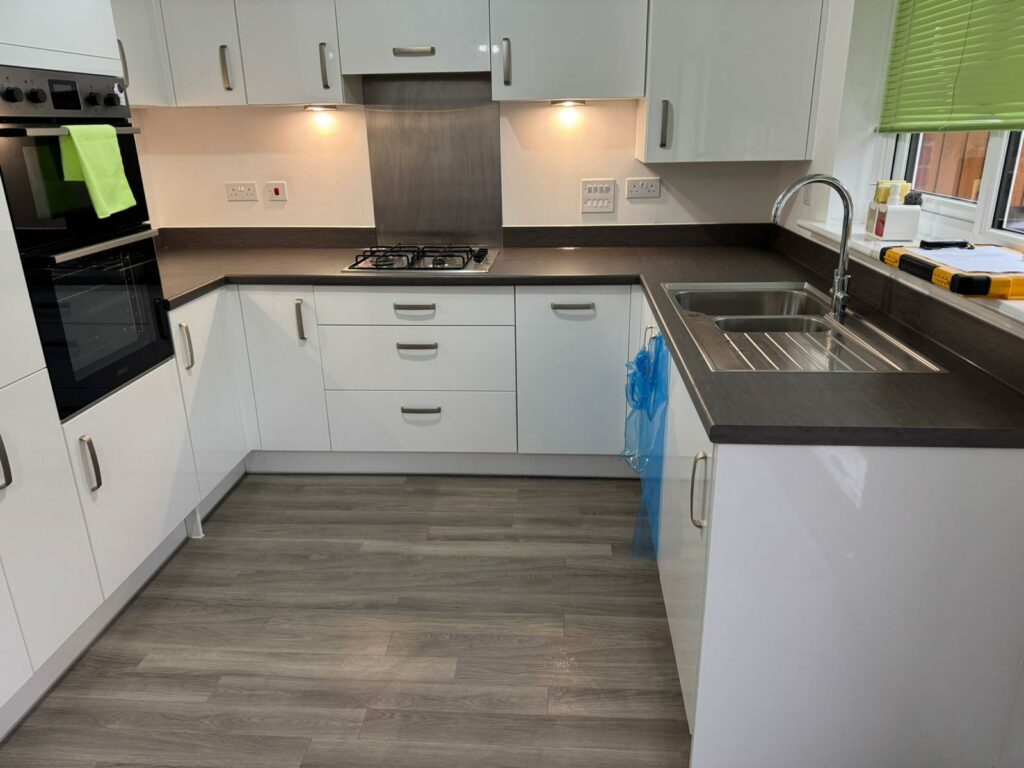
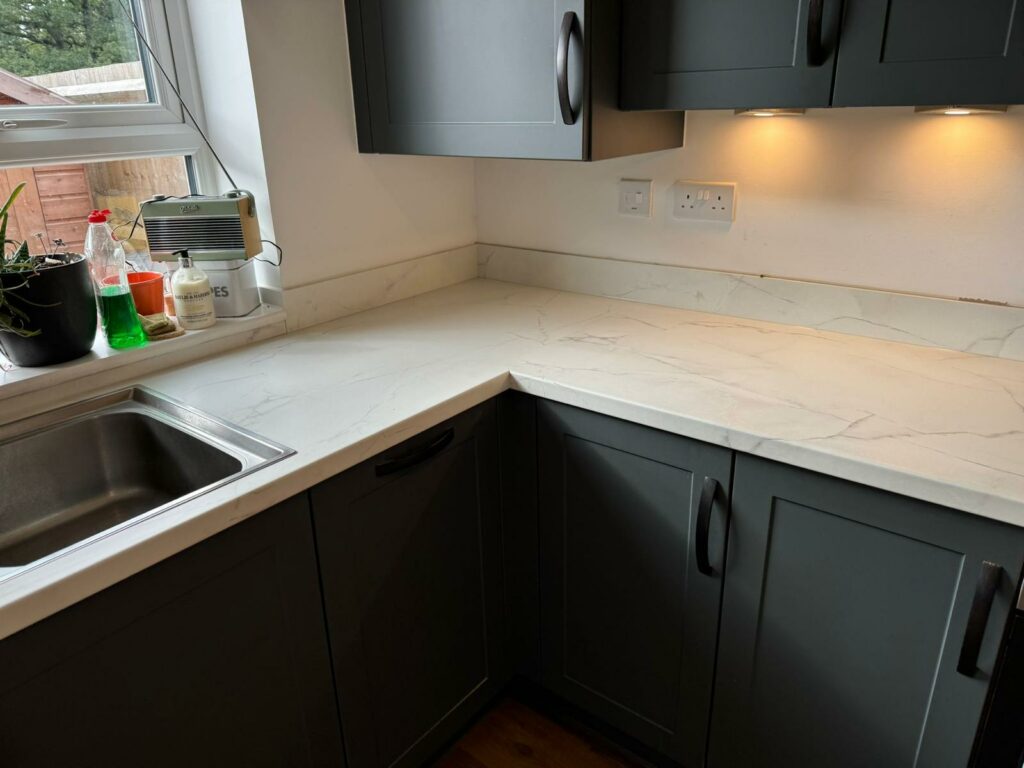
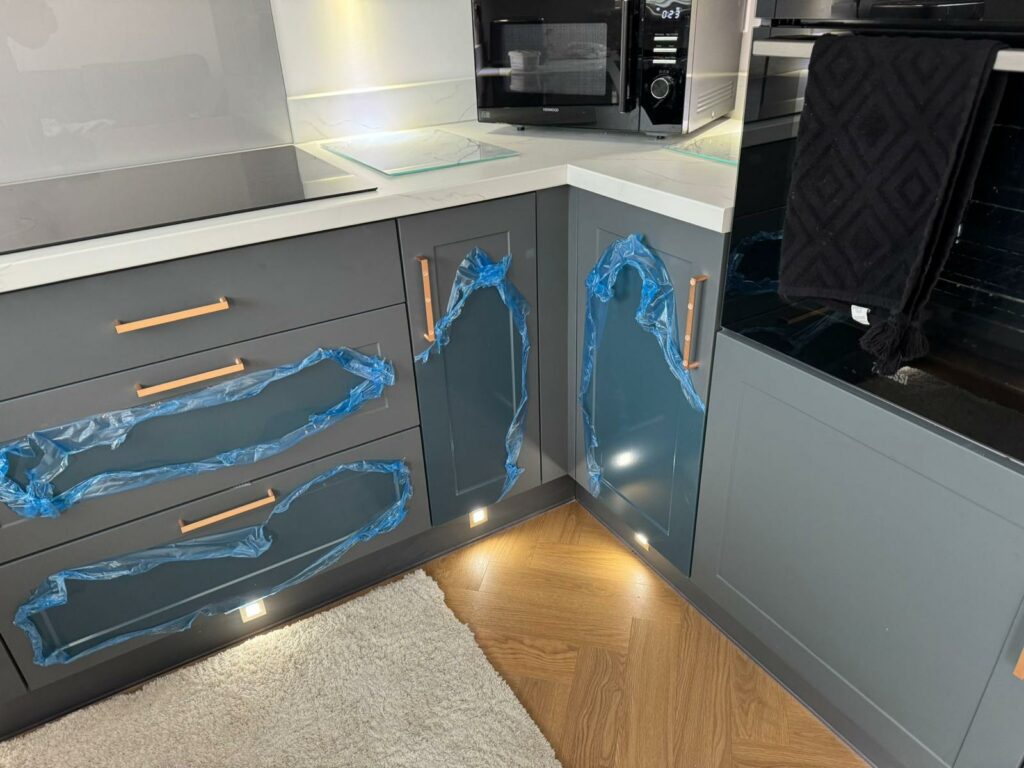
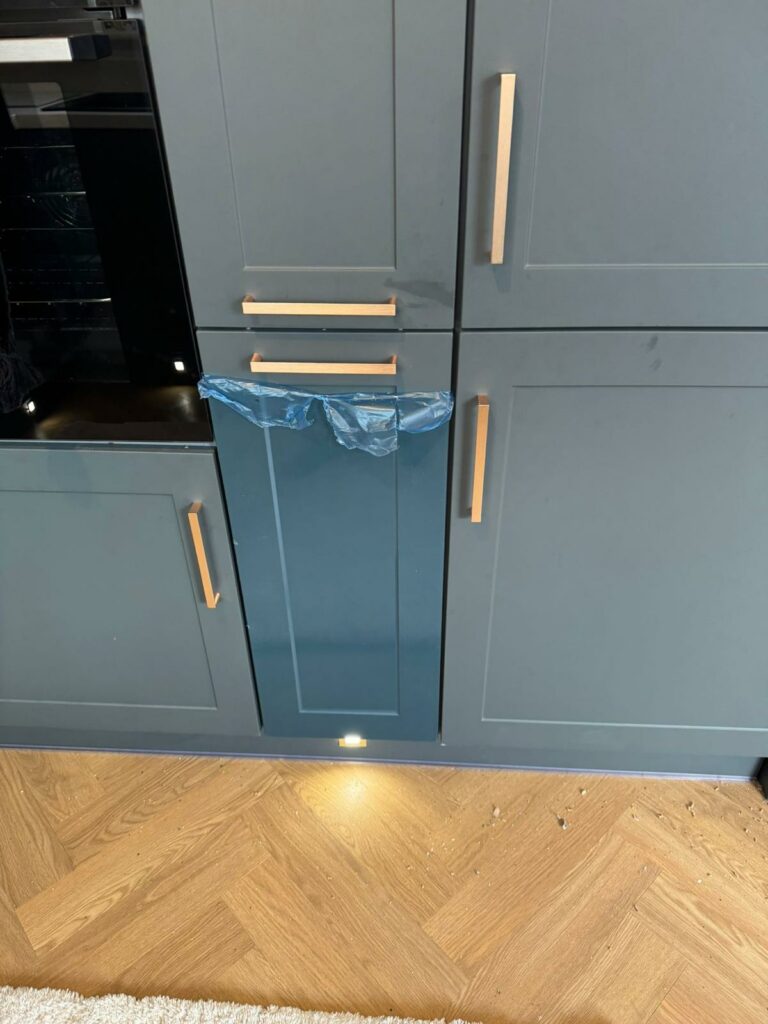
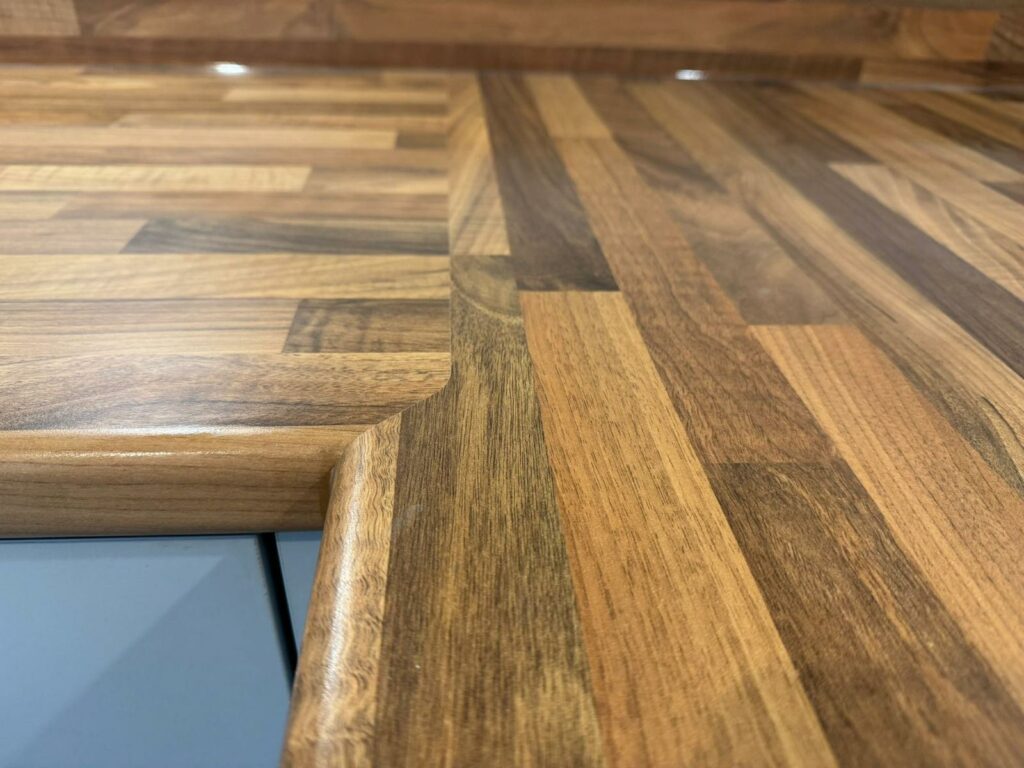
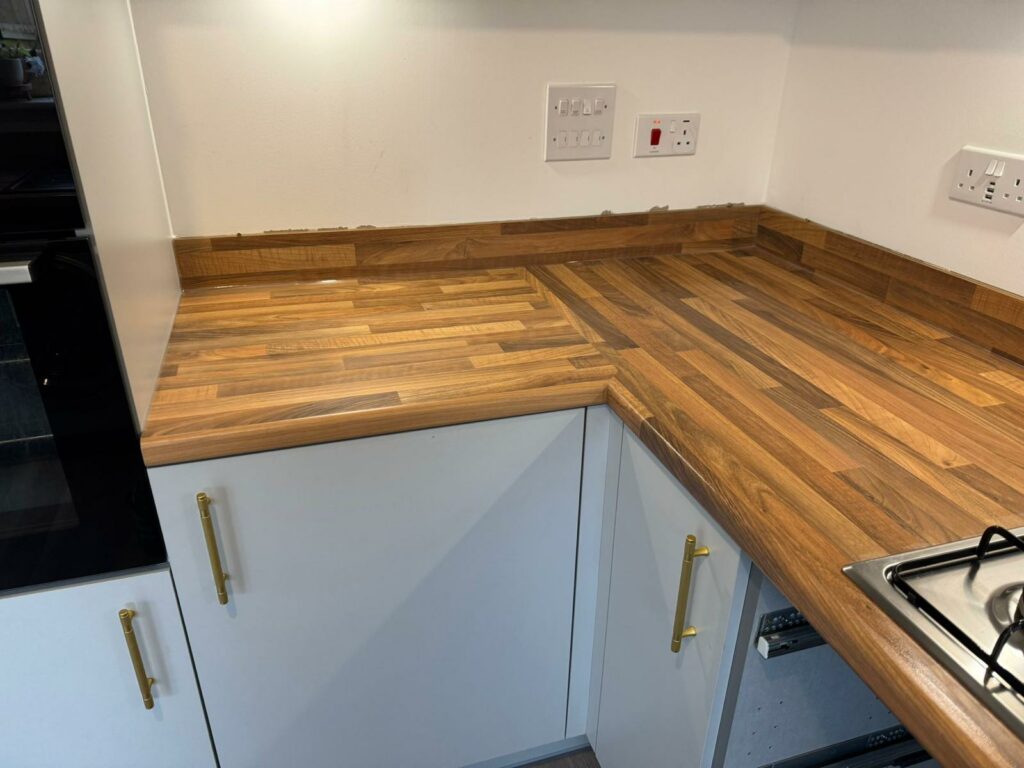
Designing for Functionality and Versatility
Creating a Multifunctional Kitchen Space
Modern families often use their kitchens for more than cooking. Consider integrating:
- Meal Prep Zones: Dedicated areas for food preparation.
- Family Meal Spaces: Casual dining nooks that encourage togetherness.
- Tech-Friendly Features: Charging stations for devices or a family command center for schedules and reminders.
Optimizing the Layout for Family Activities
- The Kitchen Triangle: Ensure your layout facilitates efficient movement between the sink, stove, and refrigerator.
- Open-Concept Layouts: Encourage visibility and connection between the kitchen and adjacent spaces to keep an eye on children.
Aesthetics That Work for Families
Designing with Neutral and Timeless Colors
Neutral tones like whites, grays, and beiges create a calming atmosphere and pair well with changing decor trends.
Adding Personality Through Decor and Art
Display family photos, hang kids’ artwork, or add colorful accents to personalize the space while maintaining its functionality.
Creating a Safe and Fun Environment for Kids
Kid-Friendly Cooking Stations
Engage children in meal preparation by setting up a safe, kid-sized station with tools designed for their age group.
Dedicated Play Zones for Younger Children
Incorporate a small play corner with a chalkboard, toy kitchen set, or activity table to keep little ones entertained while you cook.
Family-Friendly Appliances and Fixtures
Energy-Efficient and Quiet Appliances
Invest in appliances that save energy and operate quietly, such as dishwashers with low decibel ratings and refrigerators with energy-efficient compressors.
Touchless Faucets and Easy-to-Clean Fixtures
Touchless faucets enhance hygiene, while stainless steel or matte-finish fixtures resist smudges and are easier to clean.
Budget-Friendly Tips for Transforming Your Kitchen
Affordable Storage Hacks
Use DIY storage solutions like magnetic knife strips, hanging racks, and stackable containers to maximize space without breaking the bank.
Upcycling Furniture and Decor
Transform old furniture or thrifted items into functional kitchen additions, like converting an old dresser into a kitchen island.
Mistakes to Avoid When Designing a Family-Friendly Kitchen
Overlooking Storage Needs
Failing to plan for sufficient storage can lead to clutter and frustration.
Choosing the Wrong Materials
Avoid materials that stain easily or require excessive maintenance, such as marble countertops.
Ignoring Safety Features
Skipping childproofing measures or safety-focused designs can increase the risk of accidents.
Conclusion
Creating a family-friendly kitchen is about balancing functionality, safety, and style to meet your family’s needs. By investing in the right materials, layouts, and features, you can design a space that fosters connection and simplifies your daily routine.
FAQs
1. How much does it cost to create a family-friendly kitchen?
The cost varies depending on the scope of your redesign, but you can expect to spend anywhere from £3,000 for minor updates to £10,000+ for a complete renovation.
2. What are the best materials for a family-friendly kitchen?
Quartz countertops, vinyl flooring, and laminate cabinetry are excellent options for durability and low maintenance.
3. How can I make my small kitchen family-friendly?
Maximize space with vertical storage, multifunctional furniture, and compact appliances.
4. Are there specific appliances recommended for families?
Yes! Consider quiet, energy-efficient appliances, such as induction cooktops, touchless faucets, and refrigerators with child locks.
5. Can a family-friendly kitchen still look stylish?
Absolutely. By choosing neutral tones and adding personalized decor, you can create a space that is both practical and visually appealing.

